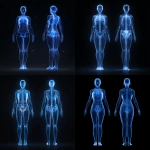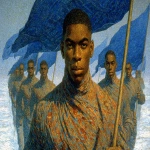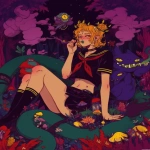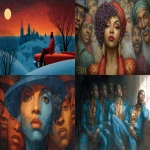Explore the Best AI Image Gallery

Beyond the Canvas: AI-Generated Visual Content and the Evolving Creative Landscape
The realm of creativity has always been a space of innovation and evolution. From the first cave paintings to the advent of digital art, humans have constantly sought new ways to express themselves visually. Today, we stand on the cusp of another paradigm shift—one driven by artificial intelligence (AI) and its ability to generate stunning, original visual content.
AI-powered tools are no longer confined to the realm of science fiction. They are now capable of producing realistic images, captivating videos, and even immersive 3D environments, blurring the lines between human and machine creativity. This burgeoning technology has the potential to revolutionize numerous industries, from advertising and entertainment to architecture and design.
Applications Across Industries
The applications of AI-generated visual content are as diverse as the imagination itself. Here are just a few examples:
- Marketing and Advertising: Imagine generating personalized marketing materials that dynamically adapt to individual consumer preferences or creating captivating video ads that tell unique stories for each viewer.
- Entertainment: AI can assist in creating realistic game environments, generate concept art for movies and television shows, or even develop entirely new narratives through interactive storytelling experiences.
- Design and Architecture: Architects can leverage AI to quickly generate multiple design iterations, explore innovative structural concepts, or visualize the impact of different materials on a building.
- Education: Students can use AI-powered tools to create interactive learning modules, bring textbooks to life with immersive visuals, or even experiment with different artistic styles and techniques.
The Ethical Considerations
While the potential benefits of AI-generated visual content are undeniable, it is crucial to address the ethical considerations that accompany this powerful technology:
- Copyright and Ownership: Who owns the copyright to AI-generated artwork? Is it the creator of the AI algorithm, the user who provides the input, or the AI itself?
- Bias and Representation: AI algorithms are trained on vast datasets, which can inadvertently perpetuate existing biases. It is essential to ensure that AI-generated content is inclusive and representative of diverse cultures and perspectives.
- Job displacement: The automation capabilities of AI may lead to job losses in certain creative industries. It is important to consider the societal impact and explore strategies for reskilling and workforce adaptation.
The Future of Creativity
AI-generated visual content is poised to become an increasingly integral part of our creative landscape. As technology continues to evolve, we can expect even more sophisticated tools that empower artists, designers, and innovators to push the boundaries of whats possible:
- Hyper-personalization: Imagine AI generating custom artwork tailored to your unique preferences or creating interactive experiences that adapt in real-time to your emotions and actions.
- Collaborative Creativity: AI can facilitate collaboration between humans and machines, allowing for a seamless fusion of human intuition and machine intelligence.
- Democratization of Creativity: AI-powered tools will empower individuals with limited artistic experience to express themselves creatively, fostering greater inclusivity and diversity in the creative space.
The future of creativity is not about replacing human artists but rather augmenting their capabilities. By embracing the potential of AI while addressing its ethical challenges, we can unlock new dimensions of artistic expression and shape a future where technology and creativity coexist harmoniously.




](https://images.ai-img.art/thumbnails/150/3d91370d58b2f68867187ea56dc69c37d746fdadd44b521d87b1bf1df5d10f40.webp)
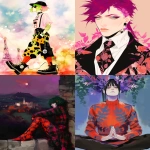
](https://images.ai-img.art/thumbnails/150/17edcb4f51c616e1278d716b510145bbc041556f71d621d2895f134892303315.webp)
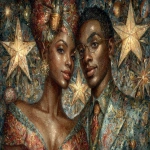
](https://images.ai-img.art/thumbnails/150/27af9f0bb8b7c7d503263849abaf3ede0e1acd1c8e0bdaba4700f845a674a0fc.webp)



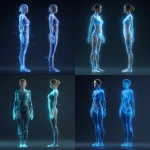



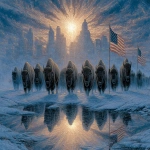



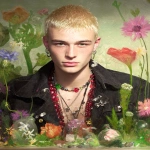

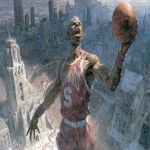
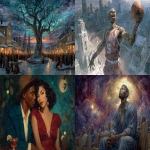
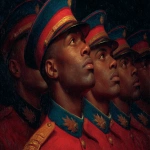


](https://images.ai-img.art/thumbnails/150/26c257403e31dee6746c78e38bceb7def6011d04664049ef156f64a1c5497d44.webp)
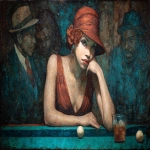
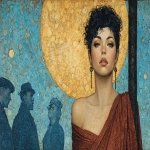
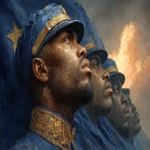

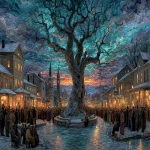
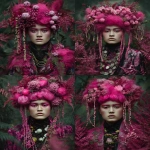
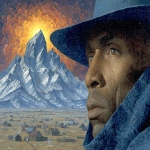



](https://images.ai-img.art/thumbnails/150/e0118b29fe5cfc2e6592413bab22001f9af64b4b69c6ec903940c927cde44197.webp)





